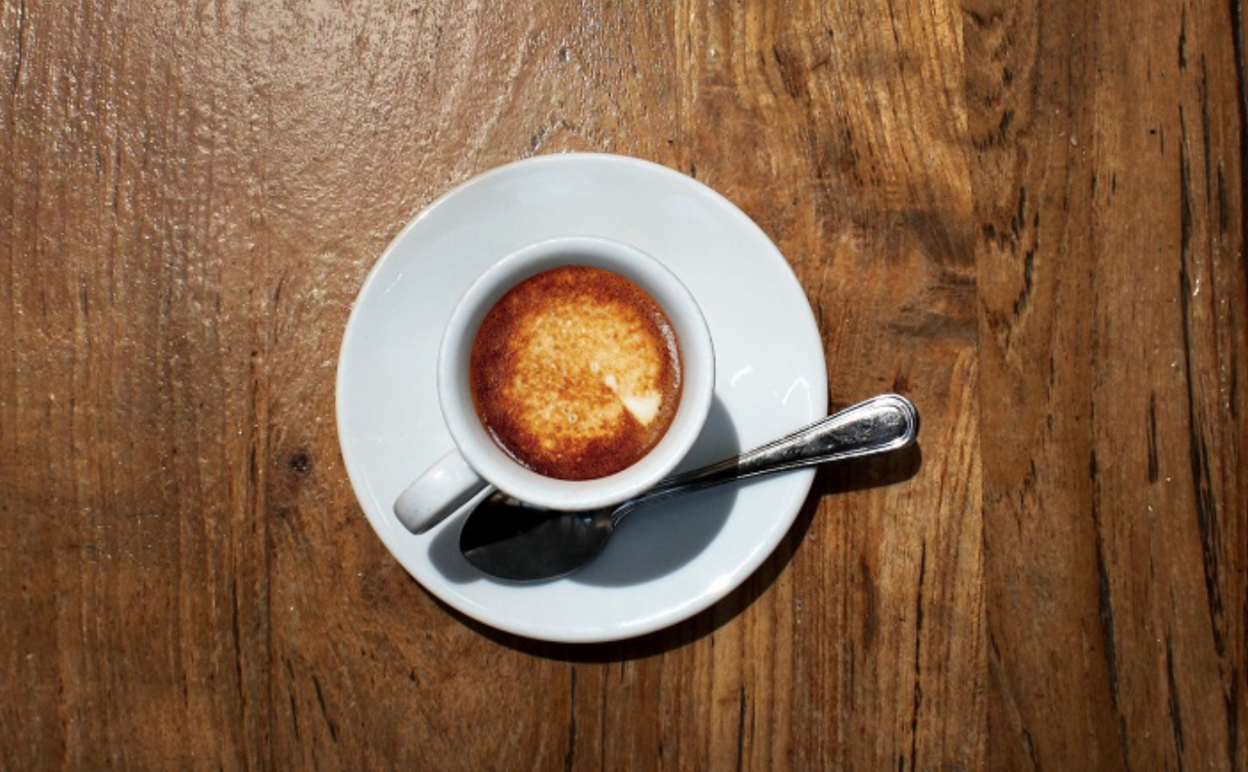How to Buy Coffee
1. KNOW YOUR ROASTS
When coffee beans are cultivated they start out green, a state that keeps all the flavor and aroma locked in. The roasting process transforms the green coffee beans into the fragrant brown beans that we know and love. Different roasting times and temperatures affect the color, smell, and taste of the final bean–and ultimately, the final cup of joe.
LIGHT ROASTS are light brown to cinnamon in color and often have a fruity smell. The origins of the beans are most distinct with this style of roasting.
MEDIUM ROASTS are medium brown in color are slightly sweeter than light roasts. They have a balanced bitterness, aroma, and acidity.
DARK ROASTS are shiny black in color, have an oily surface, and are the most bitter tasting. The flavor of the roasting process is stronger than the flavor of the bean origin. Dark roasts are typically what is used for Italian espresso drinks.
2. ORIGINS MATTER
Just like grape varieties for wine and olive cultivars for olive oil, where the coffee beans come from plays a major role in their taste and aroma profile. Below is a general guide to coffee flavors of the world.
SOUTH AMERICA: mellow acidity and well-balanced flavors; boasts notes of chocolate, nuts, and caramel
CENTRAL AMERICA: bright and clean with notes of bittersweet cocoa, nuts, and fruit
AFRICA: full-bodied and sweet, with exotic fruity or floral flavors
PACIFIC ISLANDS: heavy, musty, and earthy
3. ARABICA OR ROBUSTA?
Did you know that there are two main classifications of coffee? Yup. They're called Arabica and Robusta. Arabica beans tend to be sweeter tasting, and higher in acidity. They offer notes of sugar, fruit, and berries. On the other hand, Robusta beans have a strong, bold flavor and a nutty aftertaste. They contain twice as much caffeine as Arabica beans. Typically, Italian coffee is made with 100% Arabica beans.
4. WHOLE BEAN OR GROUND?
Whole beans retain their freshness longer than ground coffee. Thus, if you have a grinder at home, whole beans are a great choice and will last in your pantry longer. Of course, not everyone has the time or the equipment to buy whole beans. In this case, ground coffee is still a great option, just make sure the package is sealed completely and be sure to use it up within a couple of weeks!
5. SMELL AND TASTE
The best indicator for choosing the perfect coffee? Your personal preference! If possible, smell and/or sample the coffee before you buy it. Make a mental note of what characteristics you detect. Is it fruity, floral, or nutty? Does it have notes of chocolate or berries? Is it acidic or mellow? Remember the flavors and aromas you sensed. You’ll be a coffee expert in no time!


































i-Italy
Facebook
Google+
This work may not be reproduced, in whole or in part, without prior written permission.
Questo lavoro non può essere riprodotto, in tutto o in parte, senza permesso scritto.